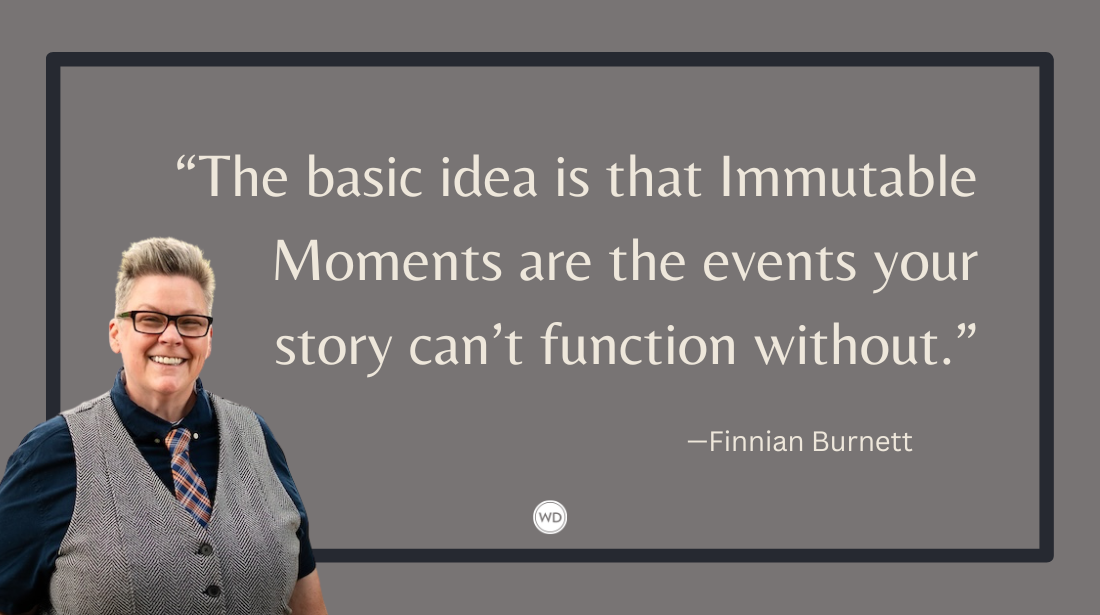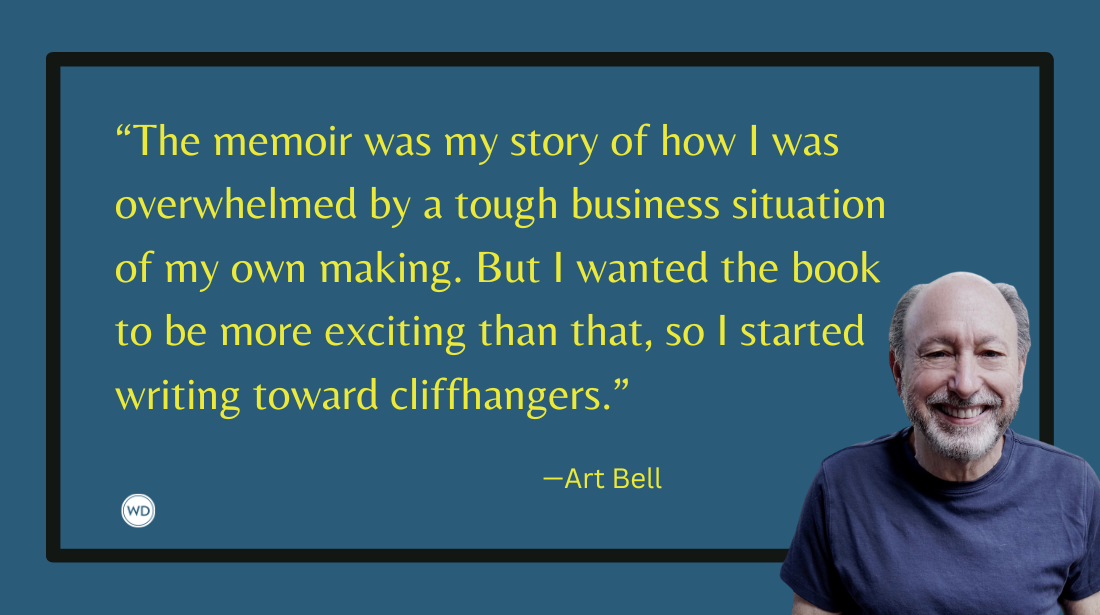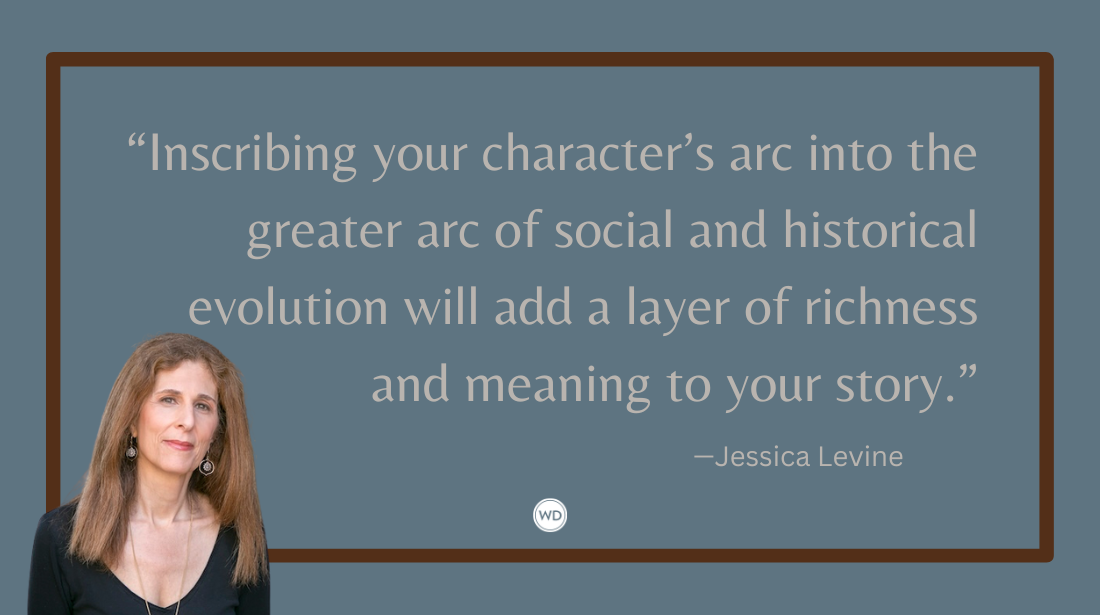The Fallacy of “Show, Don’t Tell” in Writing
Author and writing coach Colleen Patrick discusses the fallacy of the very common refrain of “show, don’t tell” in writing.
“Show, don’t tell,” I parroted, quoting every writing book, teacher, conference speaker, agent and online seminar to which I’ve been exposed.
“What does that even mean?” asked the newbie writer I was coaching.
Without thinking, I responded, “It means to dramatize, don’t explain your story. Scenes. Characters.”
I realized the timeworn idiom of “show, don’t tell” did not accurately describe what we demand of writers. Just because everyone says or uses an axiom does not mean it’s accurate or that I should, too. Time to upgrade my vernacular.
I remembered a speaker on a Zoom session, when asked to explain the adage, apparently thought it might help her audience understand its meaning by saying it louder each time she repeated it, which was several.
“It means SHOW, don’t TELL!”
I prefer dramatize, don’t explain.
To dramatize is to breathe life into the written word; to reveal what happens and feelings through visualization, physical action, movement, dialogue, silence, sound, music, the detonation of color, the outburst of all our senses expressed hand in hand with exposition or explanation.
Dramatization fills our imagination with three dimensional demonstrations of what we want the world to experience, the emotions we seek to convey.
I’m not sure the word “show” communicates those elements of writing well enough.
Likewise, “tell” is not as comprehensive as “explain,” which feels more complete, more thorough and detailed, even when few words are required to do the job. Exposition is the glue that holds your story’s dramatization together, maintaining its structural integrity.
Imagine “explaining” is your personal jug of Blood Red Exposition Glue. Would a dab be enough to keep your scene’s excitement flowing? Your character’s angst gripping us in ways that prevent us from breathing? Or do you want to slather that sticky icky stuff all over your story?
“The word dramatize makes me feel like I have a direction,” said my fledgling writer. “Like I have my marching orders. I understand what I need to do. Where to go from here. Before, I figured if I didn’t understand the ‘show and tell’ thing I could never be a real writer. Now I feel like I can do it.”
I assured her, “You have a terrific story, you’re dedicated to completing it; the world will be fortunate to read it. You are a real writer.”
Practice, practice, practice
Exercise your dramatization muscles; infuse your exposition with it. You’ll soon realize when exposition is called for and when dramatization beckons.
Example 1:
Explain: Sue was really, really pissed.
Dramatization: Sue felt her body tremble like a volcano on the edge of erupting. Her eyes narrowed, her nose quivered, she felt her face fill with blushing blood, her fingers curled into a fist so tight nails dug into her palm.
“No one. No one… Makes fun of my dog,” she whispered, her voice vibrating with rage.
*****
In this humorous case, dramatization uses many more words to convey the character’s emotion than a simple explanation. Feel free to make your scene as long as you feel necessary to flesh out your characters and story, then edit it later if it’s too long.
My idea is that a scene takes as much room as it needs to push or pull the story forward, while being aware of how important it is to the whole story. In some cases, it will be short; in others, it will take as much room as it needs. For example, important red herrings should be short.
Example 2:
Explain: The sun set.
Dramatization: The shadow of night extended its amorphous tentacles, immersing the world into its embrace of impenetrable darkness.
*****
That may be a bit melodramatic, but it certainly paints an emotional picture.
The more you practice, the more easily you will recognize when to dramatize and when to explain.
To beef up the vocabulary required to create terrific dramatization scenes, I suggest a simple daily practice using Roget’s Thesaurus. I first find and write down one word packed with emotion, like LOVE.
Then list five descriptive words under it – synonyms or antonyms; like affection, passion, devotion, yearning, fondness.
I also suggest saying the words out loud after writing each one so you have three of your senses devoted to taking in the information: physical (writing), vision (reading) and sound (speaking). This is not a memory exercise, don’t try to remember the words. Do it by rote, it only takes seconds a day.
Without trying, you’ll be surprised how effective it is to help expand your vocabulary.
Give it a try! Dramatize, don’t explain.








